Contextualising militancy in Punjab
Political parties are happy to go along and do seat adjustment because of their inability to challenge Zia’s children.
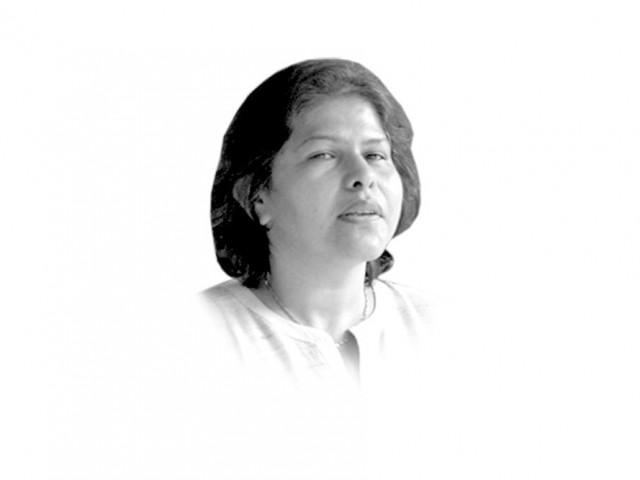
The writer is an independent social scientist and author of Military Inc.
To begin with the second line of thinking, a lot of fingers are being pointed at the Punjab government. There are reports of the party trying to work out an electoral deal with the political component of the SSP/LeJ for some seats in central and south Punjab. At this juncture, there seems little difference between the PML-N and the PTI as far as their support of militant groups is concerned. However, it is also important not to de-contextualise the entire debate.
The PML-N government was not always like this. It had contested the SSP/LeJ network during the 1990s, but with little support from the establishment. For instance, when Nawaz Sharif and his brother screamed their heads off about sectarian violence in Pakistan and Punjab, they were contradicted by the Foreign Office. The Sharif government of the 1990s also targeted the LeJ resulting in a botched terrorist attack on the then prime minister, Nawaz Sharif. The LeJ terrorist leader Riaz Basra also threatened them. This was a point when a combined intelligence and police operation could have helped but it didn’t happen. Moreover, the government was dismissed in 1999. There is certainly a possibility that the Sharifs got scared. More importantly, there was also the issue of being caught between the devil and the deep blue sea after they returned to Pakistan and power in 2008.
The Pakistan and Punjab of the 2000s was different in terms of its relationship with terror groups which were being neatly put to order, rearranged and regrouped. The number in Punjab fell from about 70 odd militant groups (small and large) in the 1990s to a few large ones. However, these were protected and had links with the agencies and continue to do so. The government in Punjab and the police were not authorised to question and challenge most of these groups. Police officers often complain of situations when they arrest terrorists who are later whisked away from police stations by other more powerful intelligence agencies. It was certainly not the PML-N that had allowed organisations like the Jaish-e-Mohammad (JeM) to walk in and out of the Pakistan Air Force, whose officers were later involved in one of the assassination attempts on Pervez Musharraf. Interestingly, the JeM continues to be treated as a good friend and allowed to expand infrastructure. The logic for continued friendship is that the operation was conducted by splinter groups and not the mother organisation.
Moreover, at that point in time even the media was not too keen to hear about jihadis in Punjab. I remember in 2007-08 no one in the larger civil society was ready to hear about the problem in Punjab. In fact, when a New York Times journalist did a story about the problem, a local English daily went out of its way to counter the report and do several stories negating the presence of extremist elements in Punjab. In fact, Mushtaq Sukhera, the senior police officer, who has been dispatched to Quetta to fight LeJ, was then RPO Bahawalpur and vehemently denied a jihadi presence in south Punjab. He even claimed that the JeM madrassa on the main GT Road was ordered to stop any further construction. However, those orders, if there were any, were never carried out.
More than personal inefficiency, this was about the real powers continuing to support the JeM and other Deobandi and Ahle Hadith militant groups. It is indeed a fact that none of the main parties in power had any knowledge of Mumbai or any control or communication with the LeT or any of the other religious-militant groups. This was not their domain, especially not after the Mumbai attack.
The decade of the 2000s is also the period when a lot of the militant organisations were allowed to go underground, which meant spreading in society far and wide. They started building their social clout, which the intelligence agencies now believe can be capitalised in mainstreaming these organisations and thus taking them away from violence. It is definitely not any political government’s idea to bring the militants into politics as it goes against the logic of electoral politics. More parties mean more concessions and dividing the vote bank. Until now, supporters of all jihadi networks happily voted for one or the other party without burdening them with any consolidated demands. However, it is now that they are being made to think of forming their own political platform. Sadly, the mainstream political parties are happy to go along and do seat adjustment partly because of their inability to openly challenge Zia’s children. Such cowardice is not forgivable but it is essential to understand the context.
These jihadis will disappear the day their creators run out of uses for them. They were raised initially during the 1980s but integrated in the tactical planning, as indicated in one of the papers produced at GHQ, to play the role of additional division to fight India. Later, they were put to multiple uses. These will get costly with time especially if they are not needed after 2014. In any case, these are risky assets to maintain in a nuclear environment. Going by the splinter-group theory, what if they start an accidental war? Getting rid of them at this stage is not hugely difficult either. In Punjab and Sindh, where these are spreading rapidly, they could be removed through an intense intelligence and police operation. It is mainly the intent and planning that could get things going.
Published in The Express Tribune, February 28th, 2013.

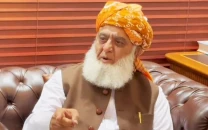
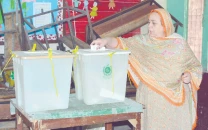

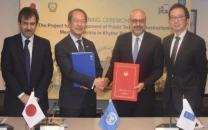
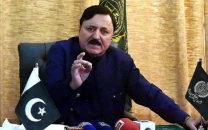
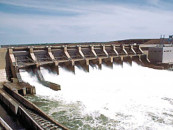












COMMENTS
Comments are moderated and generally will be posted if they are on-topic and not abusive.
For more information, please see our Comments FAQ